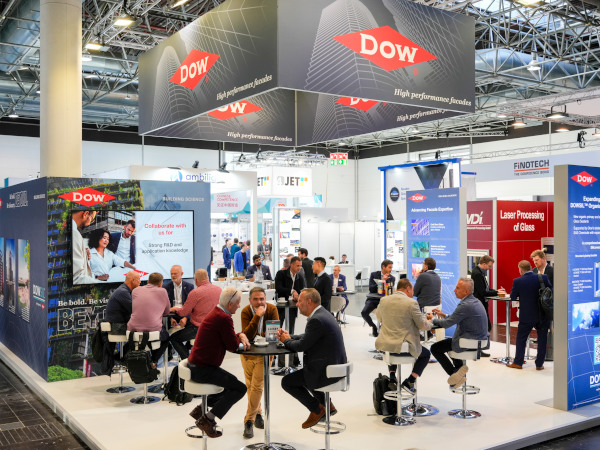Date: 12 August 2015
Stephane Hoffman is Vice President & Senior Building Science Specialist at Morrison Hershfield, a sustainability consulting engineering firm with offices throughout the U.S. and Canada.Hoffman explained that the phenomenon effectively reduces thermal performance as measured by R-values to significantly less than the nominal value of the assembly.
For example, an R20-rated wall can exhibit an actual R-value as low as 10 due to lateral heat flow through thermal bridges typically found at interface details such as slabs, parapets and glazing details. Modeled R-values can exceed actual tested values by more than 24 percent, representing a significant derating.
Spandrel areas in particular are interrupted by framing, causing a thermal bridge. Truly continuous insulation must be provided inboard of the back pan in an airtight fashion. Hoffman showed several examples for stick-built curtainwall, window wall, unitized system and the derated R-value that results. Also presented were configurations representing efficient, regular and poor glazing transitions in terms of thermal bridging, along with several improvement techniques and advanced technologies and their performance effects.
These involved variously: better thermal breaks at deflection headers, Vacuum Insulated Panel (VIP) spandrel insulation aligned with the thermal break, placement of insulation and use of Architectural Insulation Modules (AIM).
Hoffman reported Morrison Hershfield’s work with British Columbia Hydro to develop a Building Envelope Thermal Bridging Guide – a methodology for reducing the prescriptive U-factor requirements of energy codes to account for thermal bridging at interface details. This derating of the base building U-factor provides a more achievable target for design teams.
The work includes development of procedures that include 3D modeling and a “catalogue” that will allow designers quick and straightforward access to information regarding thermal performance data for common building envelope details for mid- and high-rise construction. The catalogue contains 200 building assemblies and details with a focus on opaque areas and glazing transitions.
It will become increasingly difficult to ignore thermal bridging at intersections of assemblies, Hoffman noted. “We need to move beyond simply adding more insulation to achieve efficiency through better details and shift from R-value thinking to effective R-value. This will allow designers to better account for thermal performance of the envelope.”









Add new comment